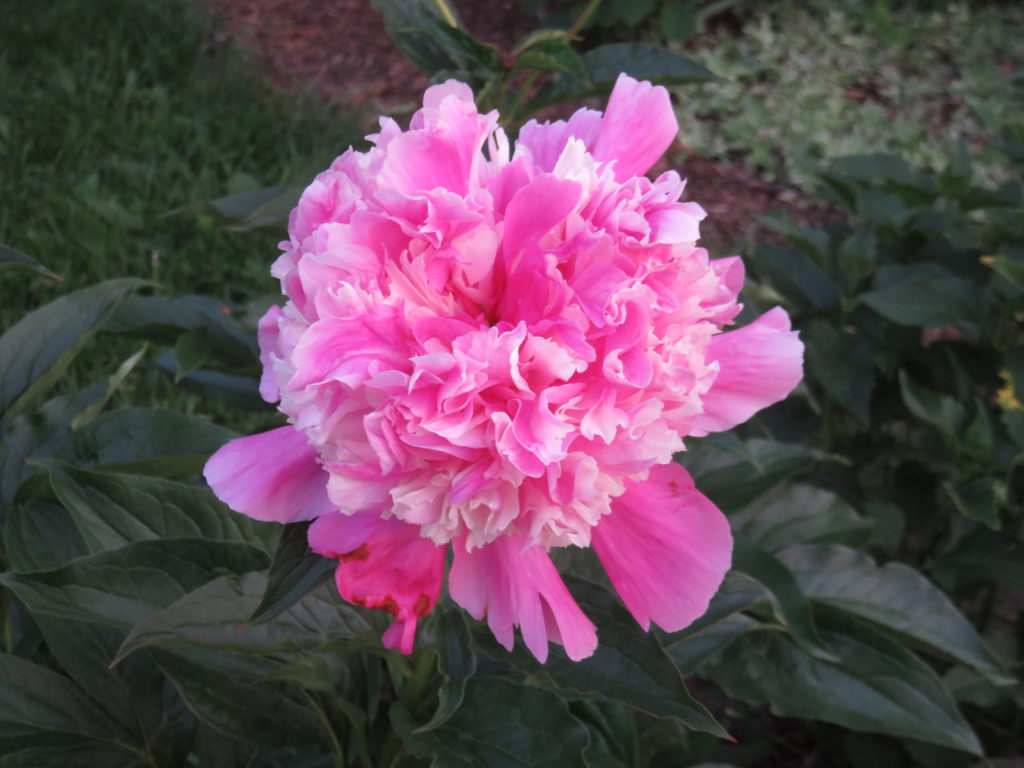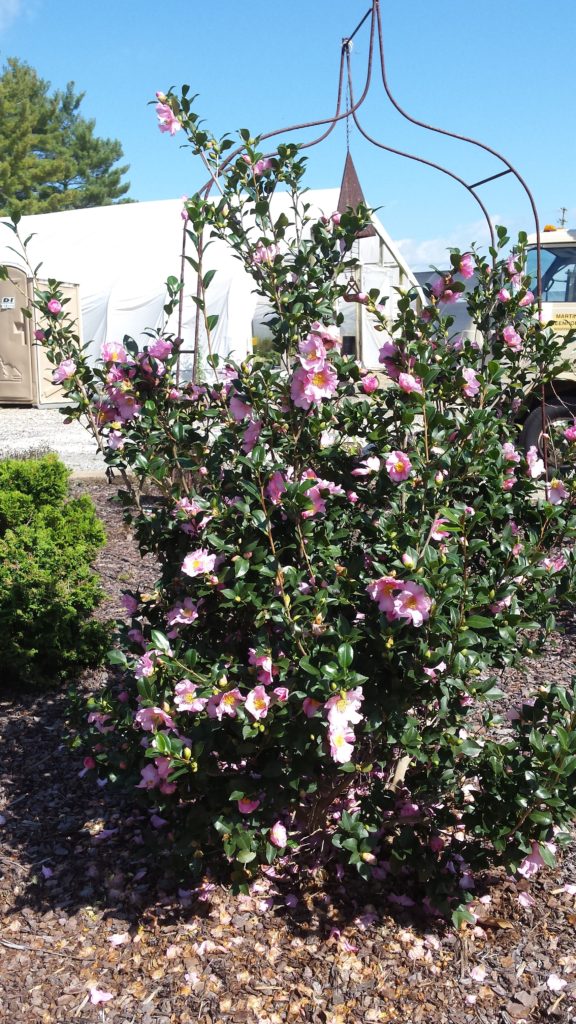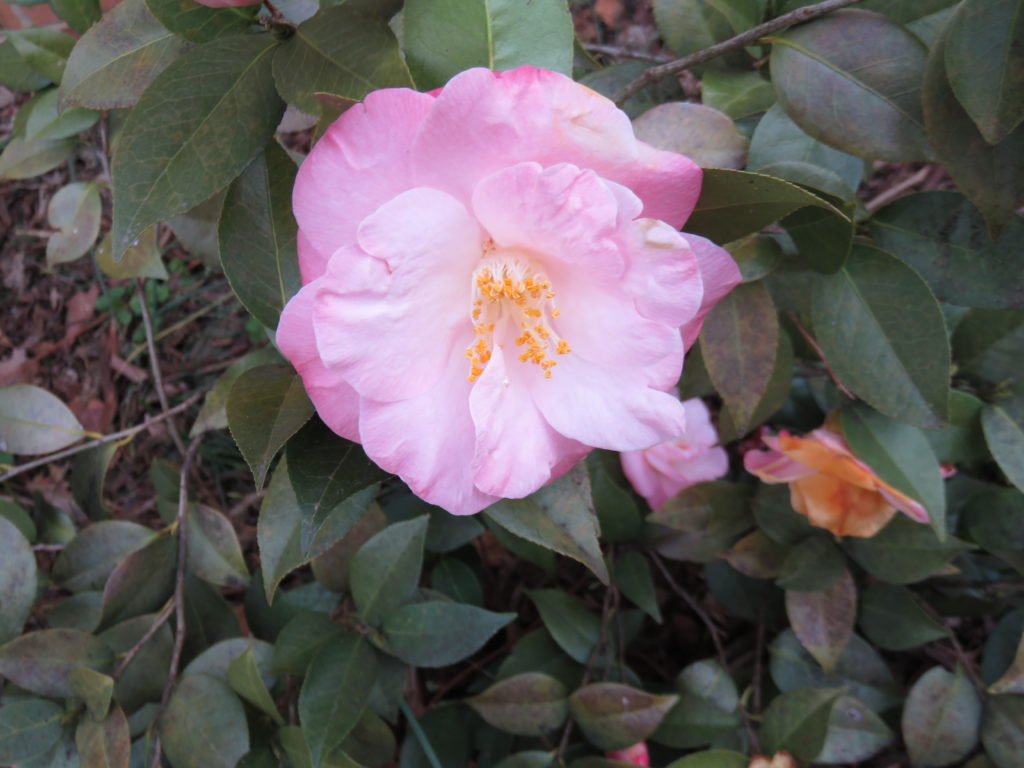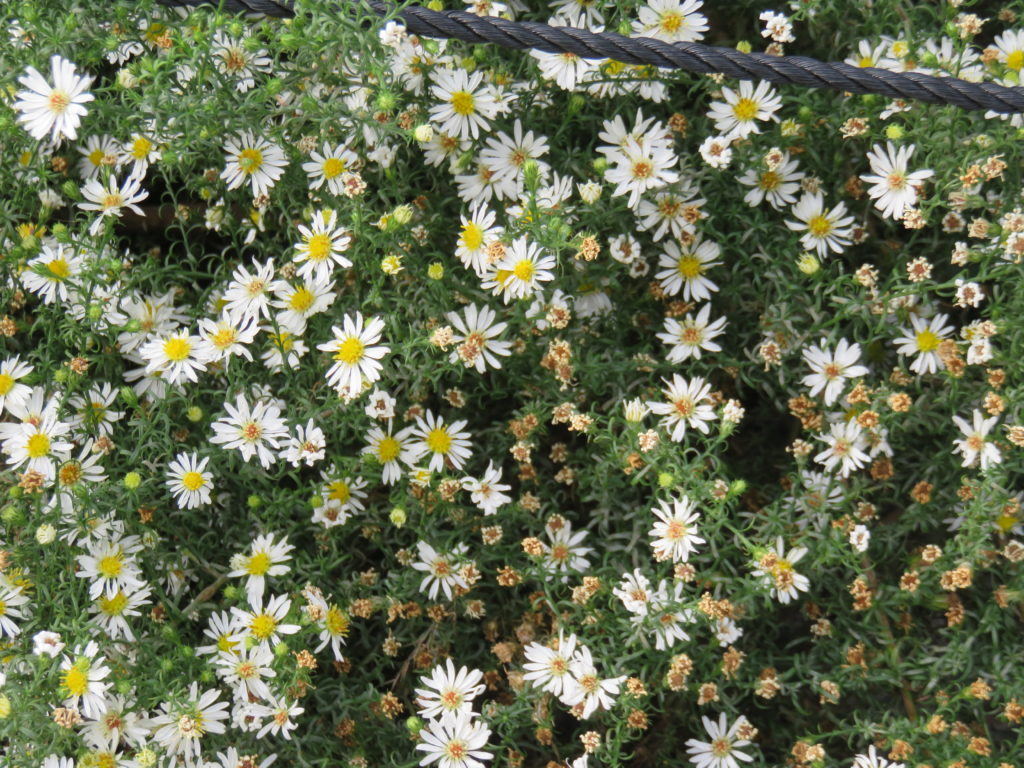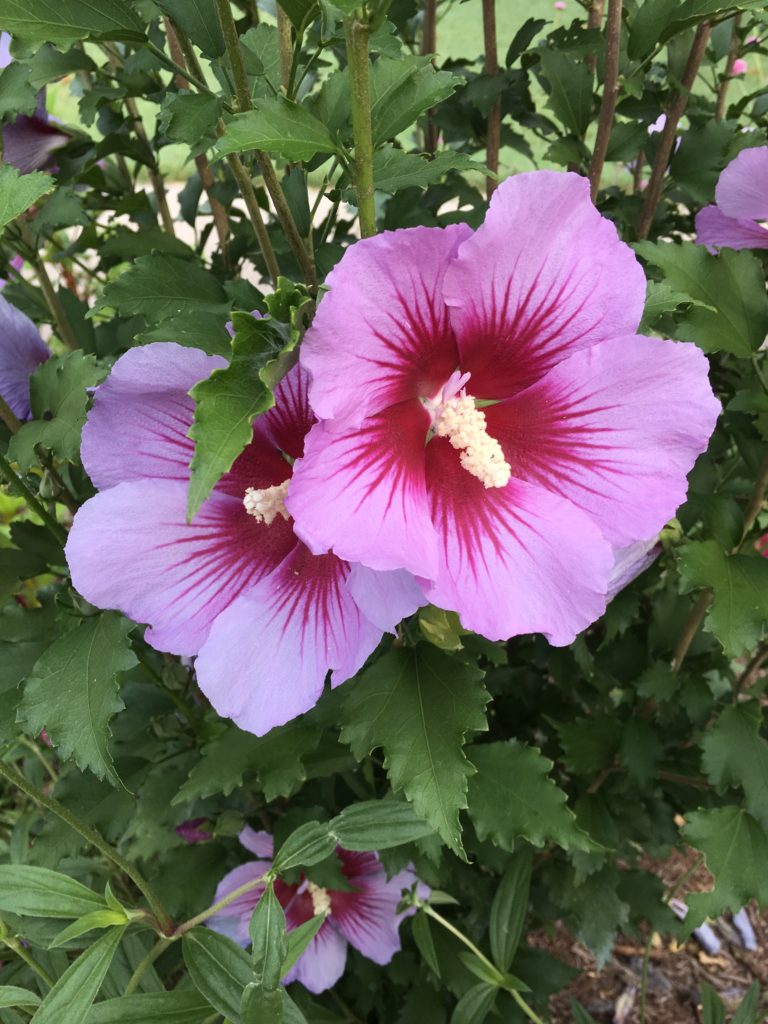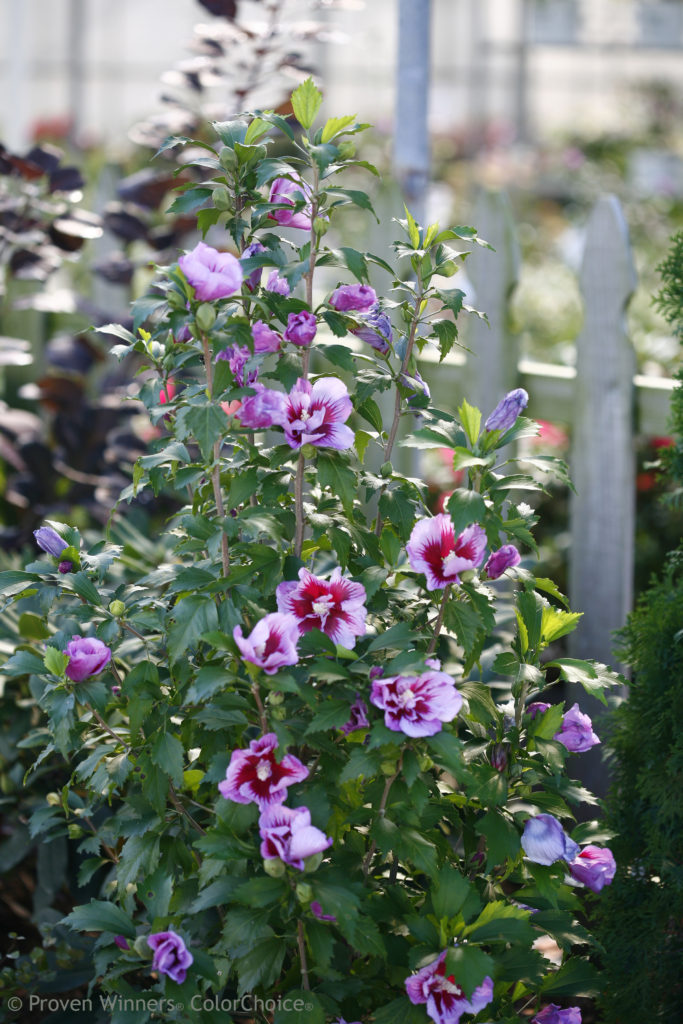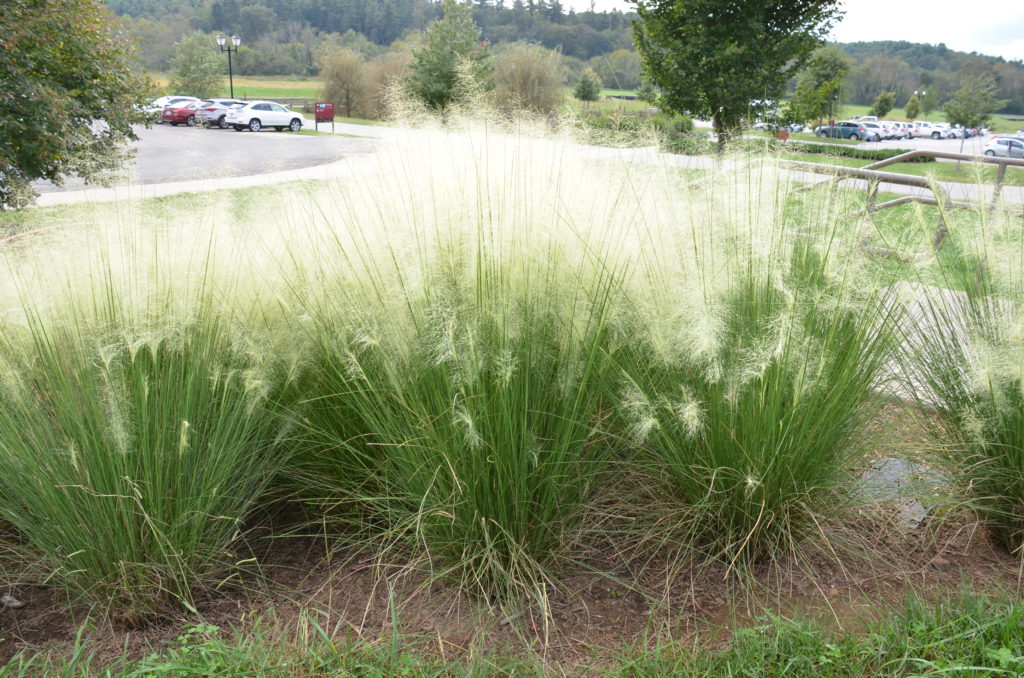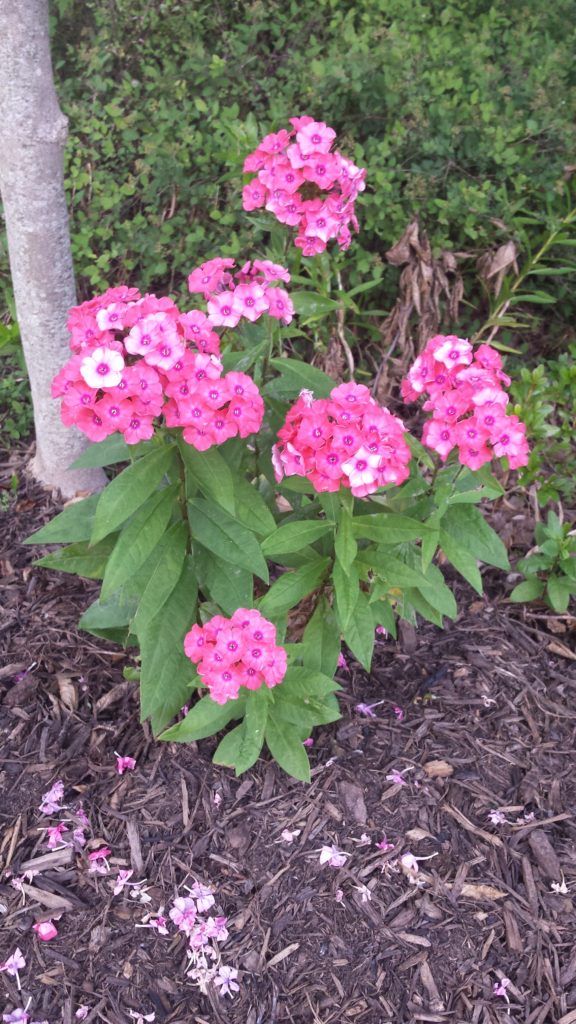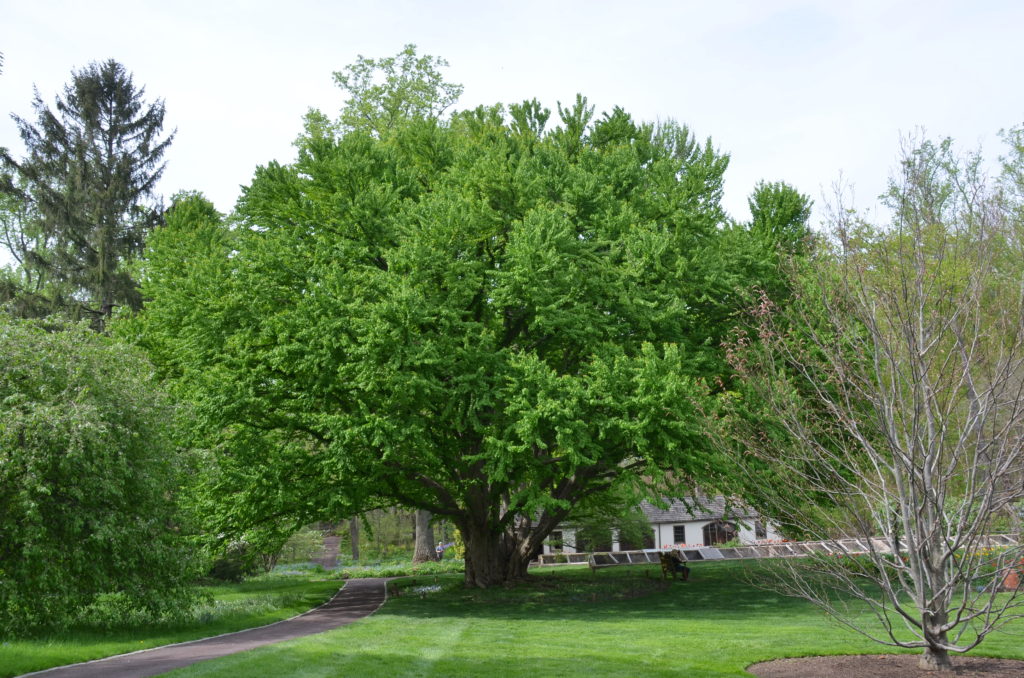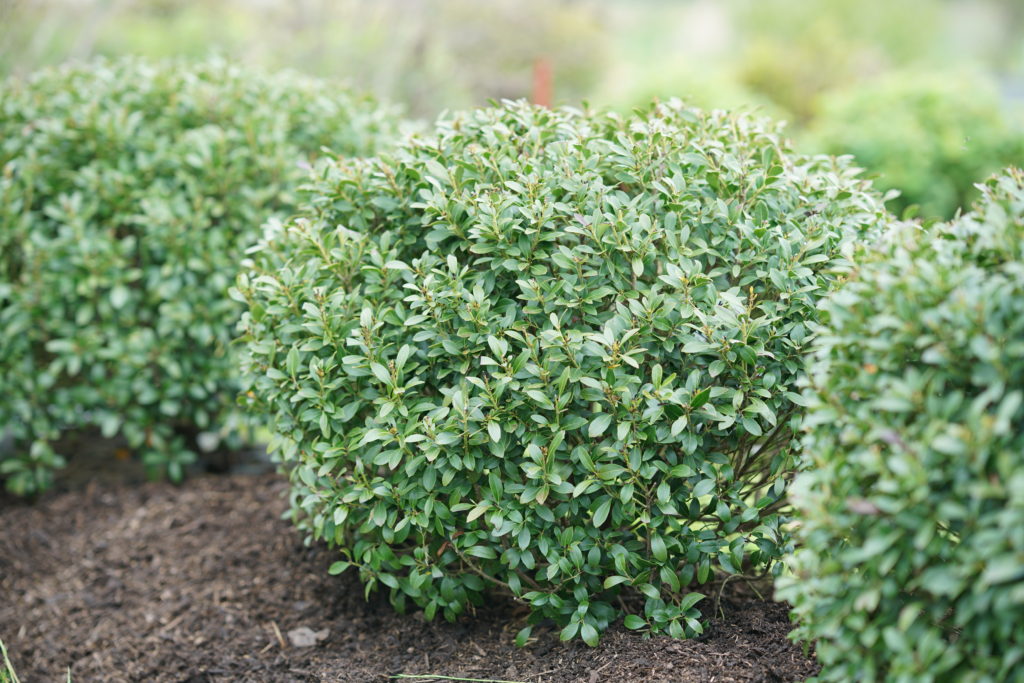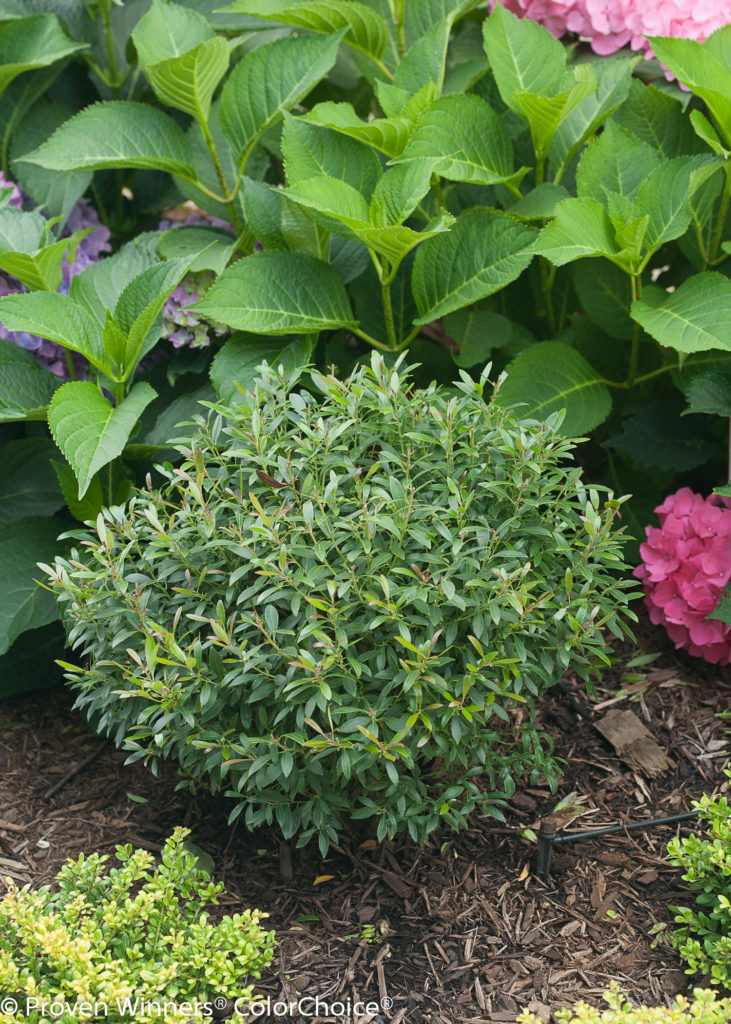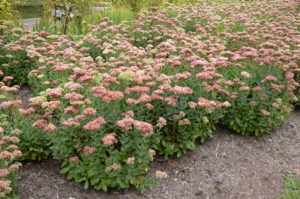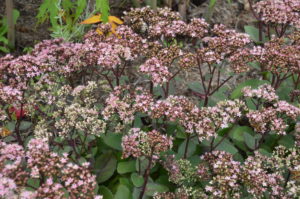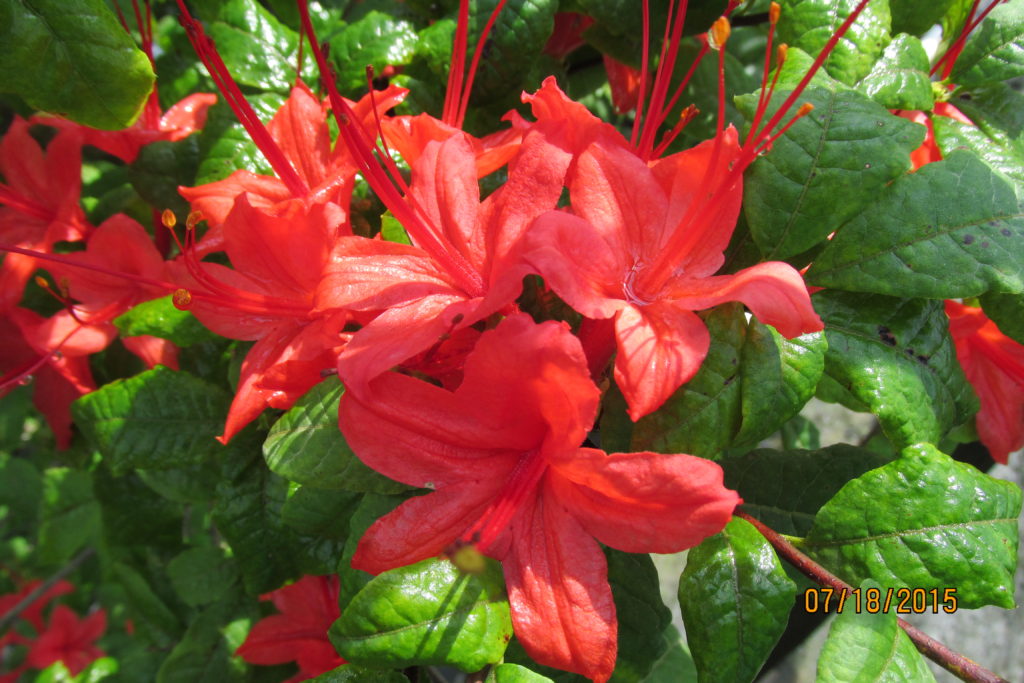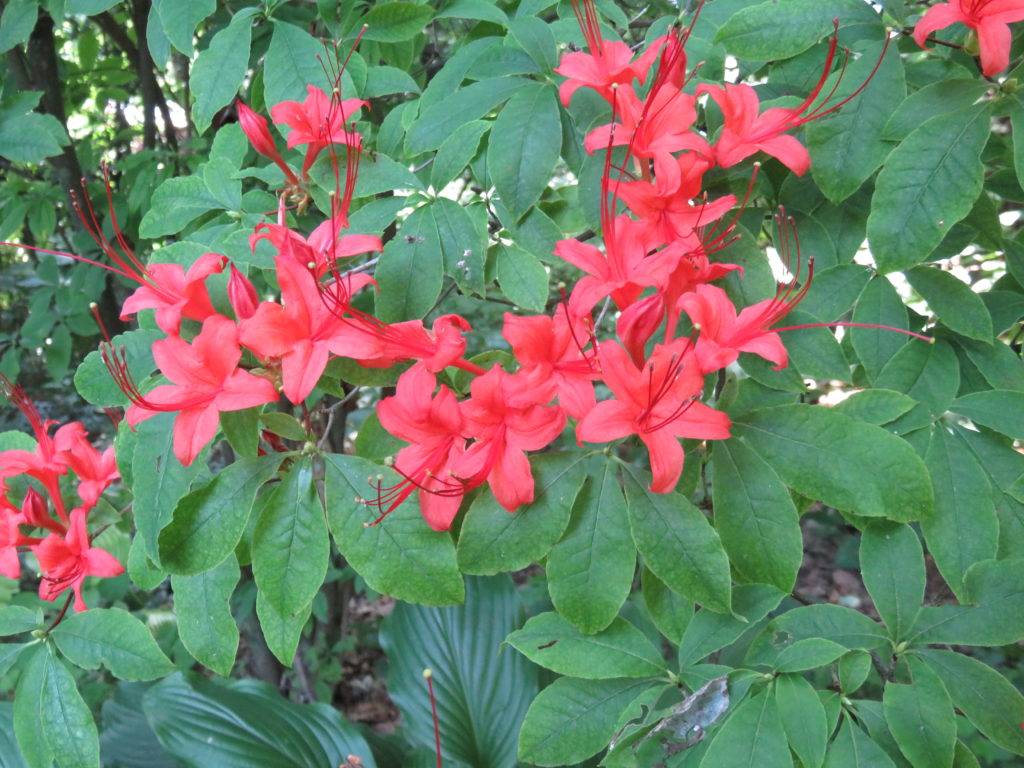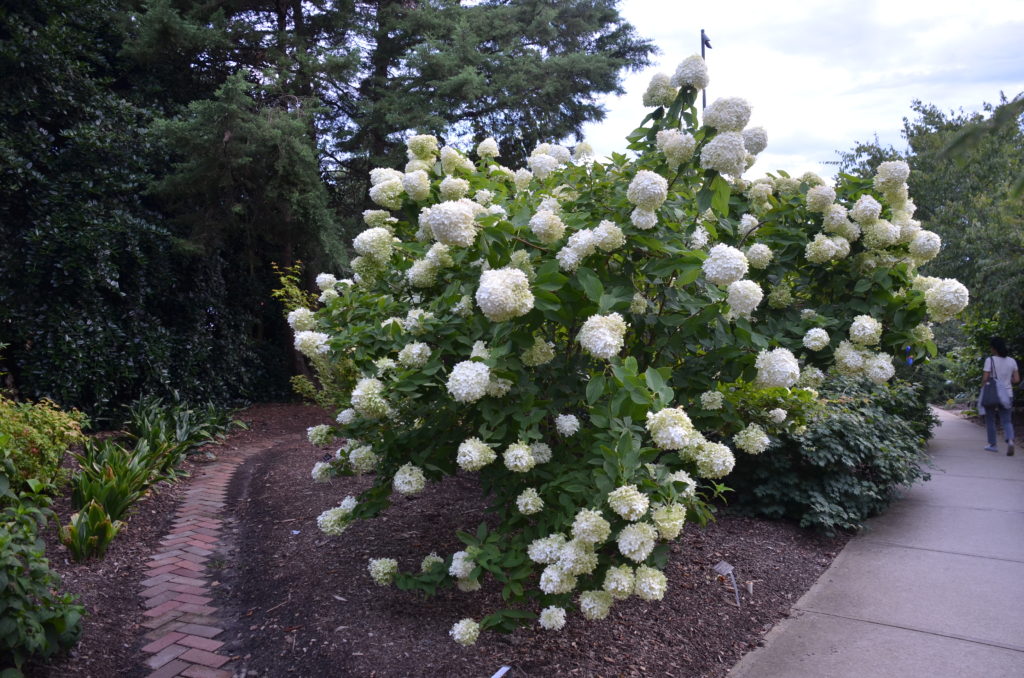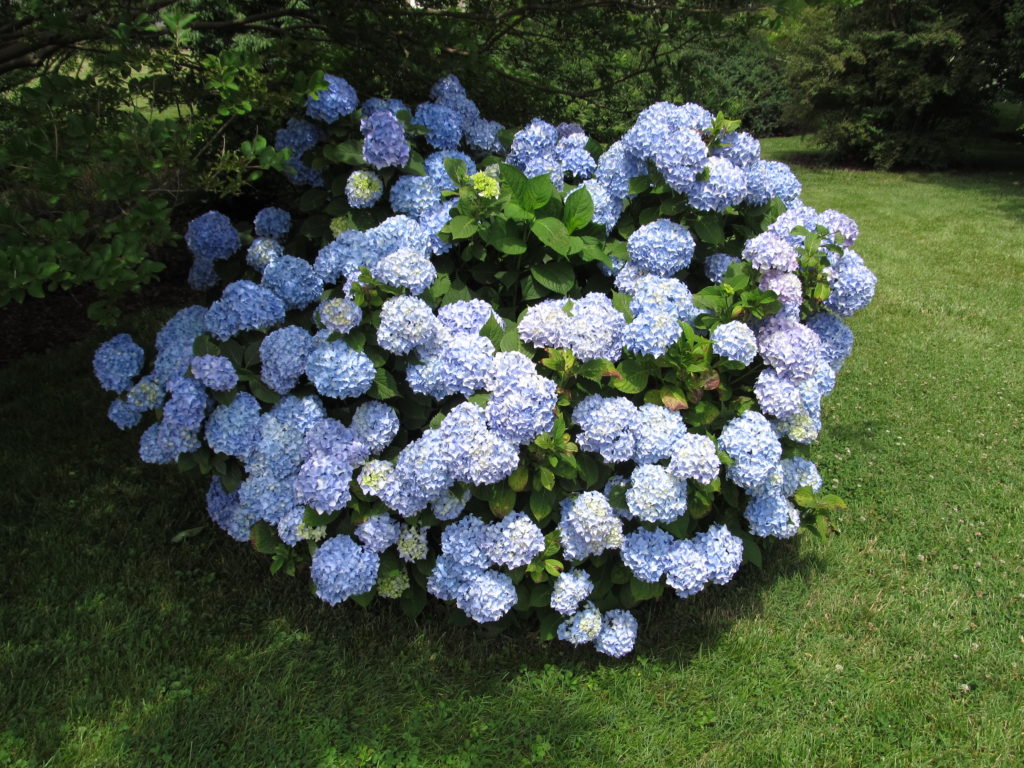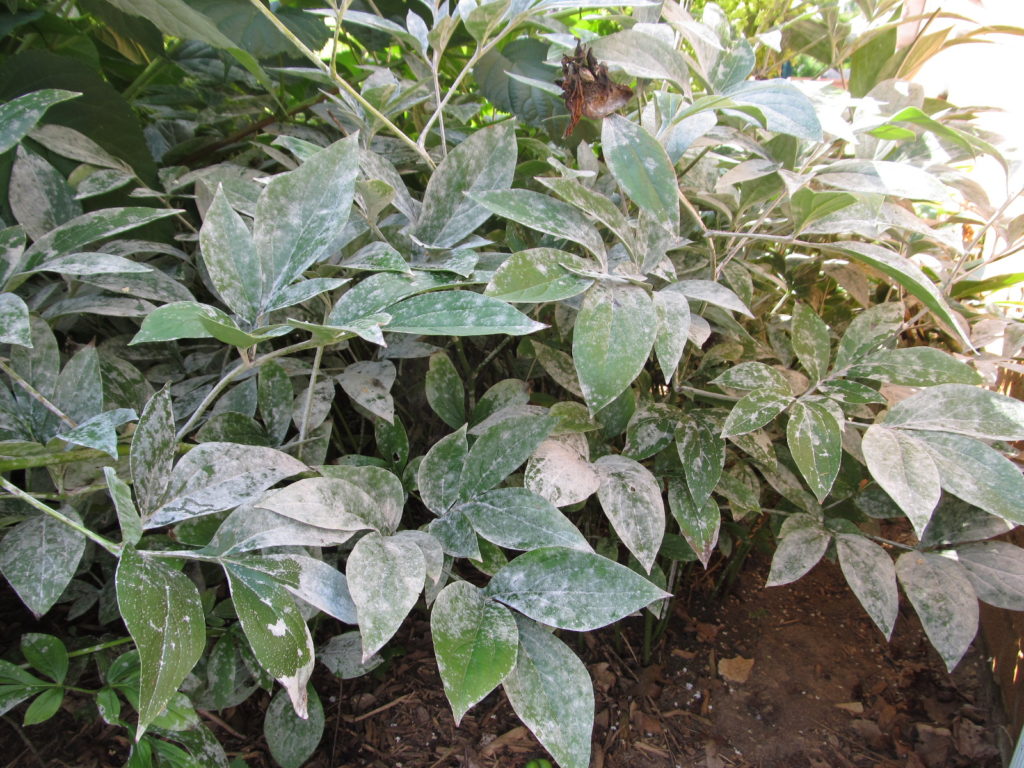
October and November are ideal for fall herbaceous peony bed cleanup and to get ready for winter. Fall is the ideal time to dig up and divide old clumps of peony roots and to plant new plants.
Old yellow and brown foliage comes off easy with hand clippers. Don’t pull or yank off the foliage! Otherwise, you might damage the plant crown and below ground buds (eyes). Again, this recommendation applies to herbaceous peonies only. Tree peonies and Itoh hybrid peonies demand very different pruning; they’re pruned like shrubs and are not cut back to the ground.
Cleanup is most important as you are likely removing diseased foliage. Remove all the cutback debris from the property. Do not compost. Mildew on leaves? Powdery and downy mildew can be serious foliage to the burn pile or the dumpster. If the leaf litter is not removed, mildew spores will start attacking your plants in spring. Cleanliness does not eliminate all disease, but does reduce disease pressure. You may not need to apply pesticides next spring.
No fertilizer is needed in the fall and early winter. Wait until late winter or spring to feed your peonies. Slow-release organic fertilizers may be used in late fall as these products need time to break down in the soil.
Examples of organic fertilizers are compost, bone meal, and blood meal. Composted manure, not fresh animal manures may be applied anytime. Fresh manures, particularly chicken waste, may be too hot (ammonical nitrogen) and may burn the fleshy peony roots. Slow release fertilizers like Osmocote™ and Nutricote™ are also good nutrient sources.
If the garden soil is highly acidic, fall is an ideal time to apply lime to the soil. For alkaline soils (pH above 7), add elemental sulfur to the ground. The amount of lime or sulfur to apply depends on your soil pH. Have your garden soil tested at the county or regional Extension office. The report will inform you if lime or sulfur to apply.
